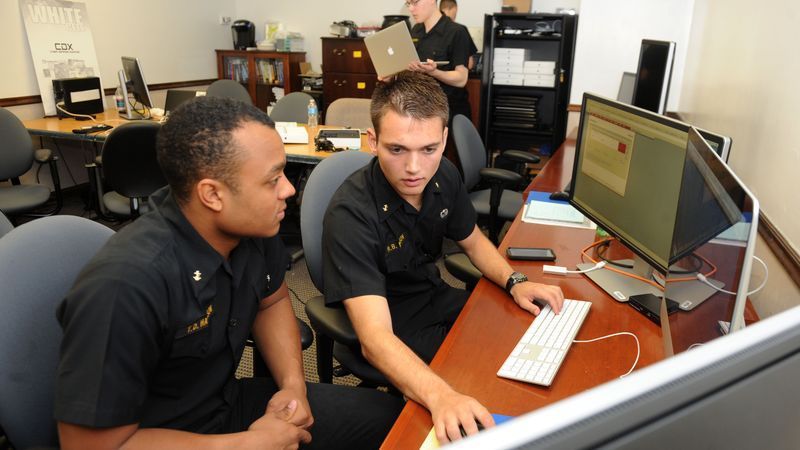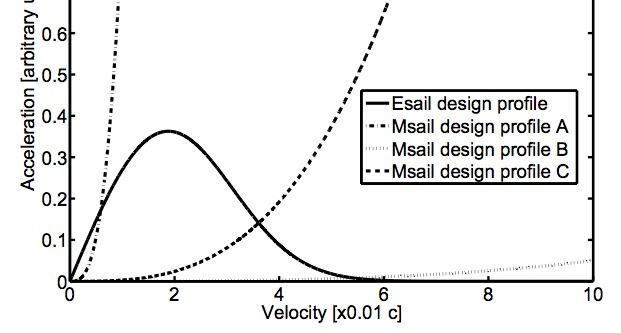Page 11296
Apr 4, 2016
Netanyahu: Remaining on Cutting Edge of Cyber-Innovation Necessary for Israel’s Survivability, Resilience, Defense
Posted by Karen Hurst in categories: cybercrime/malcode, economics
Israel must remain on the cutting edge of cyber-defense, –security and –technology in order to maintain the safety and security of the state, Prime Minister Benjamin Netanyahu wrote in Globes on Sunday.
In the article, Netanyahu outlined his vision, policies and initiatives aimed at arming the Jewish state with the latest in “cybernetic innovation.” According to the Israeli leader, “Cyber defense is an essential condition for national security and economic growth in the 21st century,” and Israel’s strength in the fields of science and technology is leading the country to be one of the world’s greatest “cyber security power.”
“Five years ago, I set the goal of making Israel one of the five leading global cyber powers. We are already placed very high, and the world regards us as a rising power. Enhancing our capabilities in the cyber field requires continuous effort,” Netanyahu wrote.
Apr 4, 2016
US Navy Is Speed Testing Sub-Hunting Robot Ship
Posted by Karen Hurst in category: robotics/AI
The new vessel designed to track Chinese and Russian subs is slated to be christened this April.
Apr 4, 2016
On-Demand Drug Production Is on the Horizon
Posted by Karen Hurst in category: biotech/medical
I see both positive and many negatives to this. Anything available to pharmacies, etc. is also retrievable by cartels.
A continuous-flow method to synthesize medicine promises to change how pharmaceuticals are produced and used.
By Bob Roehr on April 1, 2016.
Continue reading “On-Demand Drug Production Is on the Horizon” »
Apr 4, 2016
1.5 Years to Mars? Russia Could Do It in 1.5 Months
Posted by Andreas Matt in category: space travel
Apr 4, 2016
Light will ultimately secure the Internet, scientists say
Posted by Karen Hurst in category: internet
Absolute secure information will eventually be made available through a revolutionary light-based password exchange now that a technical limitation has been removed, say researchers.
Apr 4, 2016
The Pentagon doesn’t know who’s in charge for responding to a massive cyber attack
Posted by Karen Hurst in categories: cybercrime/malcode, government, military
ANNAPOLIS, Md. (April 15,2015) U.S. Naval Academy Midshipmen work together during last year’s Cyber Defense Exercise hosted by the National Security Agency. A new report from the Government Accountability Office finds the Defense Department’s chain of command is unclear for responding to domestic cyber attacks. (U.S. Navy photo by Mass Communications Specialist 2nd Class Tyler Caswell/RELEASED)(Photo: Navy Media Content Services)
Scientists at ETH Zurich and IBM Research Zurich have developed a new technique that enables for the first time the manufacture of complexly structured tiny objects joining together microspheres. The objects have a size of just a few micrometres and are produced in a modular fashion, making it possible to program their design in such a way that each component exhibits different physical properties. After fabrication, it is also very simple to bring the micro-objects into solution. This makes the new technique substantially different from micro 3D printing technology. With most of today’s micro 3D printing technologies, objects can only be manufactured if they consist of a single material, have a uniform structure and are attached to a surface during production.
To prepare the micro-objects, the ETH and IBM researchers use tiny spheres made from a polymer or silica as their building blocks, each with a diameter of approximately one micrometre and different physical properties. The scientists are able to control the particles and arrange them in the geometry and sequence they like.
The structures that are formed occupy an interesting niche in the size scale: they are much larger than your typical chemical or biochemical molecules, but much smaller than typical objects in the macroscopic world. “Depending on the perspective, it’s possible to speak of giant molecules or micro-objects,” says Lucio Isa, Professor for Interfaces, Soft matter and Assembly at ETH Zurich. He headed the research project together with Heiko Wolf, a scientist at IBM Research. “So far, no scientist has succeeded in fully controlling the sequence of individual components when producing artificial molecules on the micro scale,” says Isa.
Apr 4, 2016
Combining Magnetic and Electric Sails for Interstellar Deceleration into target solar systems
Posted by Klaus Baldauf in categories: particle physics, space travel
The main benefit of an interstellar mission is to carry out in-situ measurements within a target star system. To allow for extended in-situ measurements, the spacecraft needs to be decelerated. One of the currently most promising technologies for deceleration is the magnetic sail which uses the deflection of interstellar matter via a magnetic field to decelerate the spacecraft. However, while the magnetic sail is very efficient at high velocities, its performance decreases with lower speeds. This leads to deceleration durations of several decades depending on the spacecraft mass. Within the context of Project Dragonfly, initiated by the Initiative of Interstellar Studies (i4is), this paper proposes a novel concept for decelerating a spacecraft on an interstellar mission by combining a magnetic sail with an electric sail. Combining the sails compensates for each technologys shortcomings: A magnetic sail is more effective at higher velocities than the electric sail and vice versa. It is demonstrated that using both sails sequentially outperforms using only the magnetic or electric sail for various mission scenarios and velocity ranges, at a constant total spacecraft mass. For example, for decelerating from 5% c, to interplanetary velocities, a spacecraft with both sails needs about 29 years, whereas the electric sail alone would take 35 years and the magnetic sail about 40 years with a total spacecraft mass of 8250 kg. Furthermore, it is assessed how the combined deceleration system affects the optimal overall mission architecture for different spacecraft masses and cruising speeds. Future work would investigate how operating both systems in parallel instead of sequentially would affect its performance. Moreover, uncertainties in the density of interstellar matter and sail properties need to be explored.
The Msail (Magnetic Sail) consists of a superconducting coil and support tethers which connect it to the spacecraft and transfer the forces onto the main structure. The current through the coil produces a magnetic field. When the spacecraft has a non-zero velocity, the stationary ions of the interstellar medium are moving towards the sail in its own reference frame. The interaction of ions with the magnetosphere of the coil leads to a momentum exchange and a force on the sail, along the direction of the incoming charged particles.
According to Zubrin, the current densities of superconductors can reach up to jmax = 2 · 1010A/m2 and this is the value used in the analysis. For the material of the sail, the density of common superconductors like copper oxide (CuO) and YBCO was used, with ρMsail = 6000 kg/m3.
Apr 4, 2016
Quantum physics has just been found hiding in one of the most important mathematical models of all time
Posted by Andreas Matt in categories: information science, mathematics, particle physics, quantum physics, space
Game theory is a branch of mathematics that looks at how groups solve complex problems. The Schrödinger equation is the foundational equation of quantum mechanics — the area of physics focused on the smallest particles in the Universe. There’s no reason to expect one to have anything to do with the other.
But according to a team of French physicists, it’s possible to translate a huge number of problems in game theory into the language of quantum mechanics. In a new paper, they show that electrons and fish follow the exact same mathematics.
Schrödinger is famous in popular culture for his weird cat, but he’s famous to physicists for being the first to write down an equation that fully describes the weird things that happen when you try to do experiments on the fundamental constituents of matter. He realised that you can’t describe electrons or atoms or any of the other smallest pieces of the Universe as billiard balls that will be exactly where you expect them to be exactly when you expect them to be there.


















